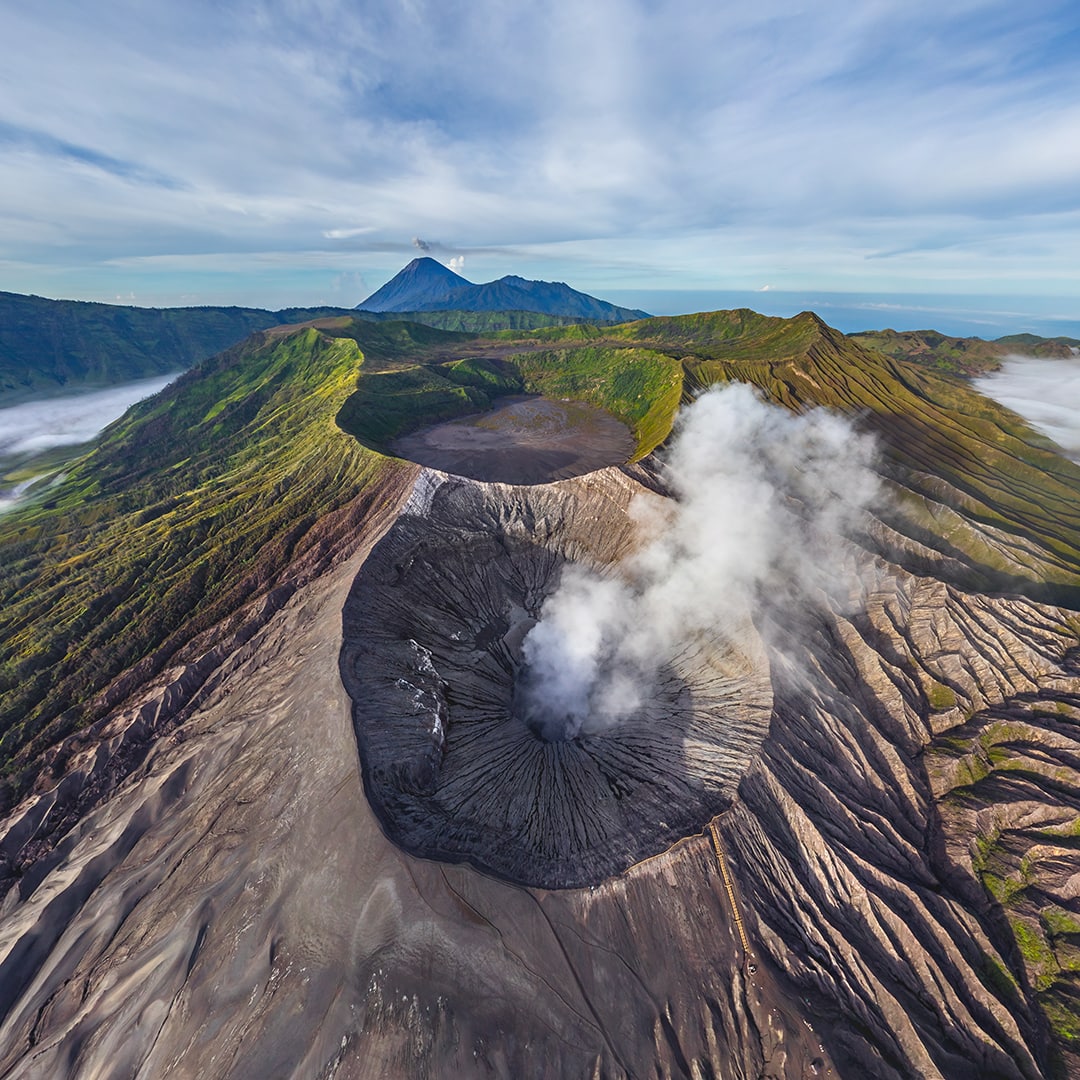Tuzkol Lake, Kazakhstan
Tuzkol is a bitter-salty mountain lake in Kazakhstan, located on the left bank of the upper Charyn River in the southeast of the Almaty region. The lake is quite large - 5.5 km long, and in some places the width reaches 2 km, but is shallow - only 3 meters. The shores of the lake are low and gentle.

Translated from the Kazakh language, "tuzkol" means "salty lake". It is located at an altitude of 1959 m in a closed endorheic Kegen depression between the mountains of Elshyn Buyryk and Karatau in the north and Zhabyrtau in the south. These mountains are part of the spurs of the Ketmen ridge in the Northern Tien Shan system.
Not a single river flows into the lake, and nothing flows out of it. It is fed only by groundwater. The water of many springs is highly mineralized, which makes the lake unique - it is mountainous and salty at the same time. The concentration of salt in the lake varies depending on the season. Sometimes it can reach such high levels that it can be compared with the Dead Sea in Israel and the Great Salt Lake in the USA. The healing mud of the lake is used in mud therapy in clinics in Almaty and the Almaty region.

The lake is surrounded by bare steppe, sedge and saltwort grow on the shore, and there are no large bushes or trees. But the entire valley is surrounded by high mountains. In the west is a small ridge of Elshin Buyruk, 2,979 meters high, in the east are the Karatau Mountains, the height of which exceeds 3,500 meters, and the highest point has a height of 3,728 meters. The southern slopes of the ridge are devoid of vegetation up to the border with China, which is only 30 kilometers away. But the northern slopes of Karatau are covered with dense spruce forests.

The fauna of the mountains around the lake is very diverse. There are especially many animals on the slopes of the Karatau ridge. Wolves, lynxes, sometimes bears, and snow leopards in the highlands live there. Ungulates include argali, tauteke mountain goats, marals and many marmots.
The bird world is especially diverse. Lake Tuzkol and its environs are the main nesting place for waterfowl and near-water birds in the Kazakh part of the Central Tien Shan. A total of 35 species of birds live here. The most valuable are the ruddy shelduck, gray crane and demoiselle crane. In addition to them, there are different species of ducks and wild geese, there are several nesting sites of the whooper swan. The steppe eagle and golden eagle, listed in the Red Book of Kazakhstan, nest in the mountains.

The main attraction of the lake is the amazing panorama of the Central Tien Shan ridges. In clear weather, you can endlessly admire the majestic peaks directly to the south - the pyramidal peak of Khan-Tengri (7010 m) and the trapezoid of Pobeda Peak (7439 m) to the right of it. Khan-Tengri, which in Turkic means "Lord of the Sky", is a pyramidal peak on the Tengri-Tag ridge on the border of Kyrgyzstan, Kazakhstan, and the Xinjiang Uyghur Autonomous Region of China.
The existence of this peak was mentioned by ancient travelers. In the worldview of the ancient peoples of Turkic-Mongolian origin, Tengri is the supreme deity, the creator of the world together with the goddess Umai and Erlik. In the Tengrian religion, Tengri, the deity of the upper zone of the world, controls the destinies of people, distributes life spans, grants supreme power in society, and influences it. Thus, the peak of the Tien Shan, Khan-Tengri, is the dwelling place of the supreme deity.

The first scientific data on Khan-Tengri were obtained in the middle of the 19th century thanks to the research of the Russian geographer and traveler Pyotr Petrovich Semenov-Tyan-Shansky, who noticed and described this peak during his journey to the Tien Shan in 1856-1857.
Photos and text by Max Nasekin
30 August 2024
Read more
360° Video











Virtual Travels in 360°
 Azores, São Miguel Island, Portugal
Azores, São Miguel Island, Portugal
 Iguazu Falls, Argentina-Brazil. Grand tour
Iguazu Falls, Argentina-Brazil. Grand tour
 Highlands of Iceland, Langisjor and Veidivotn
Highlands of Iceland, Langisjor and Veidivotn
 Putorana Plateau, Russia
Putorana Plateau, Russia
 Four Seasons. Autumn Forest. Relax Flight
Four Seasons. Autumn Forest. Relax Flight
 Uzon caldera, Kamchatka, Russia. Part I
Uzon caldera, Kamchatka, Russia. Part I
 Carnival of Venice
Carnival of Venice
 Welcome to Tibet
Welcome to Tibet
Show more



